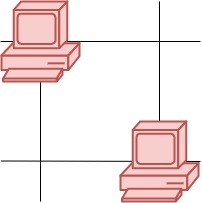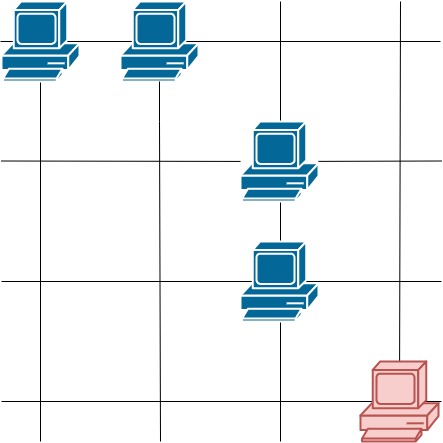Solve a given equation and return the value of x in the form of string “x=#value”. The equation contains only ‘+’, ‘-‘ operation, the variable x and its coefficient.
If there is no solution for the equation, return “No solution”.
If there are infinite solutions for the equation, return “Infinite solutions”.
If there is exactly one solution for the equation, we ensure that the value of x is an integer.
Example 1:
Input: "x+5-3+x=6+x-2" Output: "x=2"
Example 2:
Input: "x=x" Output: "Infinite solutions"
Example 3:
Input: "2x=x" Output: "x=0"
Example 4:
Input: "2x+3x-6x=x+2" Output: "x=-1"
Example 5:
Input: "x=x+2" Output: "No solution"
class Solution {
public String solveEquation(String equation) {
String[] explodes = equation.split("=");
int coeffX = 0;
int number = 0;
int cur = 0;
int digit = 0;
boolean left = false;
for (String s : explodes){
left = !left;
boolean positive = true;
for (int i = 0; i < s.length(); i ++){
char c = s.charAt(i);
if (c == '+' || c == '-'){
// Push previous integer to number
number -= cur*(positive? 1 : -1)*(left? 1 : -1);
cur = 0; digit = 0;
positive = c == '+';
} else if(c =='x') {
// Push previous coeff of x to coeffX
if (digit == 0){
// If no coeff, coeff = 1
cur = 1;
}
coeffX += cur*(positive? 1 : -1)*(left? 1 : -1);
cur = 0; digit = 0;
} else {
// It's a number.
cur = 10 * cur + Integer.valueOf(s.charAt(i)-'0');
digit ++;
}
}
// If last in group is a number, redundant
if (digit > 0){
number += cur*( ! positive? 1 : -1)*(left? 1 : -1);
cur = 0; digit = 0;
}
}
if (coeffX == 0 && number == 0){
return "Infinite solutions";
} else if (coeffX == 0){
return "No solution";
}
return "x="+String.valueOf(number/coeffX);
}
}



